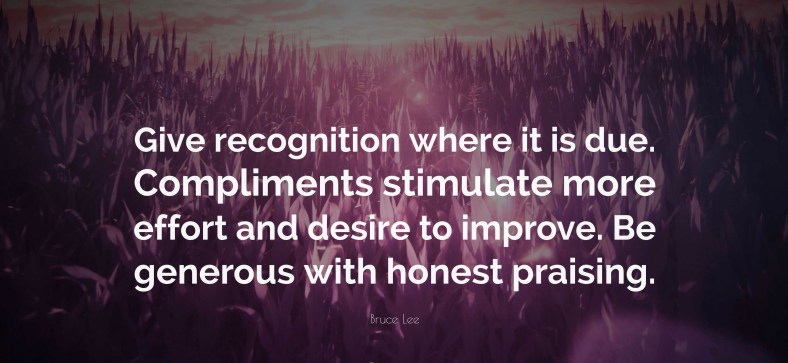
I was going to title this post how to be more patient when dealing with lazy, slow minded, uncaring people who hate their job and want you to hate dealing with them too. But the title seemed a little long. I still might have used that title but I wasn’t sure anyone would have the patience to read the whole thing.
We live in an incredibly fast changing world. I’m not sure everyone agrees that all those changes are helpful. Dealing with ChatBots, PhoneBots or people who are robotic in how they “help” us requires tremendous patience. We see signs in restaurants asking us not to yell at the poor souls who actually showed up for work. That would seem to indicate that many customers don’t have the patience required to wait an hour or two for dinner.
It seems our patience in constantly being tested. And it feels like we’re failing the test way too often. But being more patient is a valuable skill. One that can contribute to better relationships, reduced stress, and improved decision-making. So here some strategies to help you cultivate patience in your life.
• Practice Mindfulness: Mindfulness involves staying present and fully engaging with the current moment. By focusing on the present rather than worrying about the future or dwelling on the past, you can reduce feelings of impatience.
• Set Realistic Expectations: Unrealistic expectations often lead to impatience. Assess situations realistically and set achievable goals. Understand that not everything can happen instantly or according to your desired timeline.
• Understand the Importance of Patience: Reflect on the benefits of patience. Consider how impatience may negatively impact your well-being or relationships. Understanding the importance of patience can motivate you to develop this skill.
• Take a Deep Breath: When faced with a challenging situation, take a moment to breathe deeply. Deep breathing can help calm your nervous system and give you the space to think more clearly before reacting impulsively.
• Practice Empathy: Put yourself in the shoes of others. Understanding different perspectives and appreciating the challenges others may be facing can increase your tolerance and patience.
• Develop a Positive Outlook: Cultivate a positive mindset. Instead of focusing on what’s going wrong or what you lack, look for the positive aspects of a situation. This shift in perspective can make waiting more bearable.
• Distract Yourself: Engage in activities that distract you from the source of your impatience. This could be reading a book, listening to music, or doing something enjoyable to pass the time.
• Learn from Waiting: Use waiting periods as an opportunity for personal growth. Whether it’s waiting in line or for a response, consider it a chance to practice patience and self-control.
• Practice Delayed Gratification: Train yourself to wait for rewards. Delayed gratification involves resisting the temptation for immediate rewards in favor of larger, more meaningful outcomes.
• Communicate Effectively: If you’re feeling impatient in a situation, communicate your feelings calmly and assertively. Expressing your emotions can help prevent frustration from building up.
• Set Goals and Break Them Down: Break larger goals into smaller, more manageable tasks. This can make the overall process seem less overwhelming and help you appreciate progress along the way.
• Reflect and Learn: After a challenging situation, reflect on how you handled it. Identify what triggered impatience and consider alternative ways to respond in the future. Learning from experiences can contribute to personal growth.
Developing patience is a gradual process, and it’s okay to encounter setbacks along the way. Always remember that your “emergency” isn’t necessary the other person’s emergency too. Be kind to yourself as you work on cultivating this valuable skill. You’ll be glad you did.





